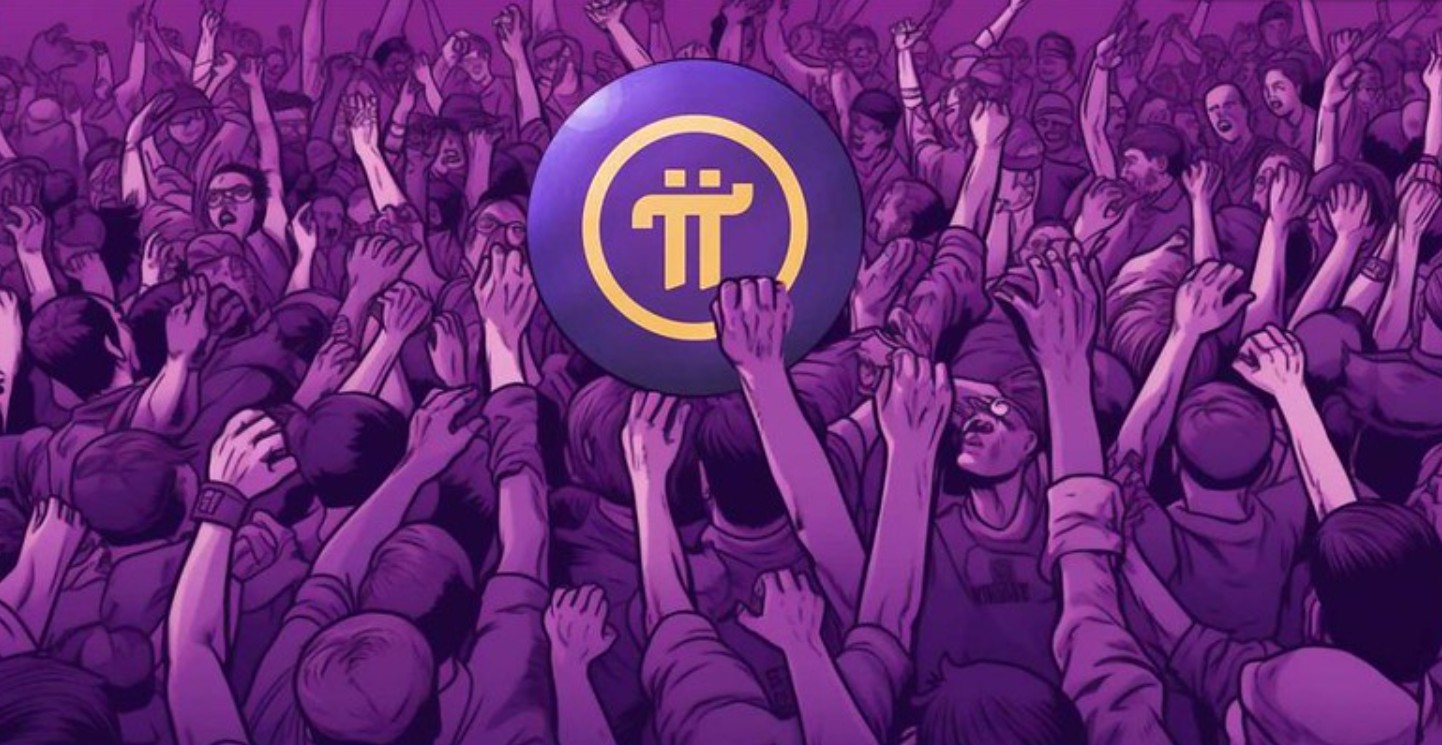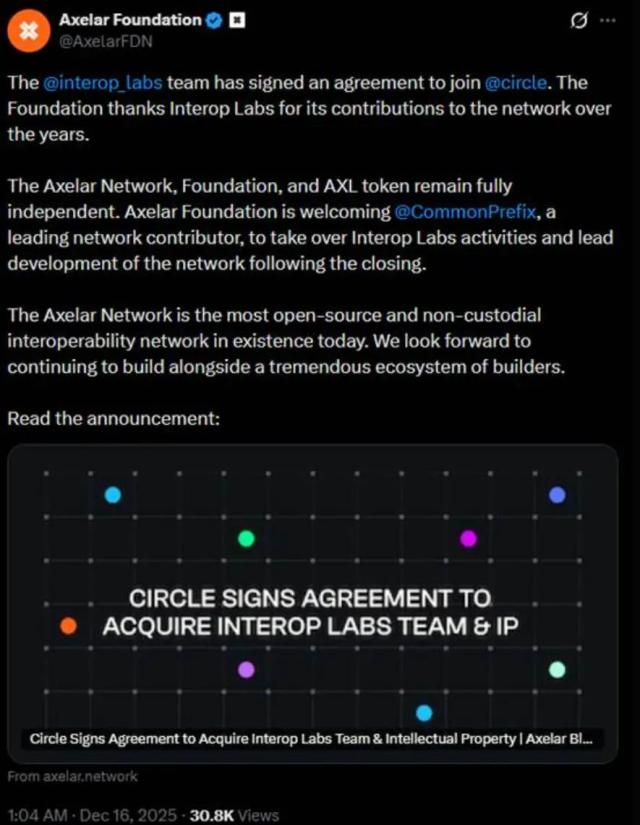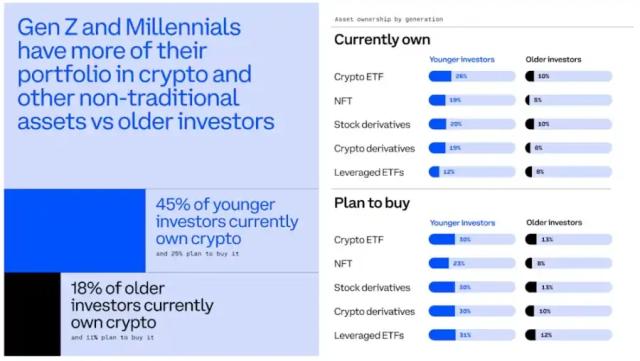
Pi Network, a cryptocurrency mining project on mobile phones with a claim of 60 million users, officially launched the PI token on Thursday. Immediately after listing, the PI price experienced strong fluctuations, increasing by 18% in just a few minutes, but then plummeting 50% within the next two hours.
PI opened the trading session at $1.70 (Vietnam time), quickly rising to $2.00 before dropping to $0.64. The initial price surge pushed the fully diluted valuation (FDV) of the token to a peak of $195 billion, nearly double the market capitalization of the Solana (SOL) blockchain.
.png)
FDV is calculated based on the token's Max Supply, in this case 100 billion PI. According to self-reported data, the current circulating supply of PI is 6.3 billion, with a market capitalization of around $6.1 billion.
Pi Network is often compared to previous hype projects like SafeMoon, which attracted a large number of retail investors through aggressive marketing strategies and a user referral model.
To start mining PI on a mobile phone, users must receive an invitation from another member. They will then be assigned a unique referral code to invite other participants. The system rewards more tokens for each referral, creating a structure similar to multi-level marketing (MLM) or even a pyramid scheme.
The project was founded in 2019, launched a testnet in 2020, and has now moved to the mainnet phase, allowing users to trade the tokens they have previously mined.
However, the current exchanges do not have sufficient liquidity to handle the massive trading volume of billions of PI tokens. Even the most liquid exchange, OKX, only has a market depth of 2%, fluctuating between $33,000 and $60,000. This means that a $100,000 trade order could significantly impact the price, leading to extreme volatility.
Market depth reflects the amount of capital required to move an asset's price in a particular direction. With PI's current market capitalization, a 2% fluctuation could change the project's total value by up to $146 million.
To mitigate the imbalance between supply and demand, Pi Network has implemented a "Token Lockup" mechanism, allowing holders to lock their PI tokens for up to three years to receive additional mining rewards. This model was previously used for the controversial HEX token by Richard Heart, but HEX ultimately lost over 99% of its value from 2021 to 2024, leaving many investments trapped and nearly worthless.
Compiled by VIC Crypto
Related News:
 Argentine President Milei Faces Prosecution Risk After Promoting Memecoin
Argentine President Milei Faces Prosecution Risk After Promoting Memecoin
 Trump's Memecoin Plunges 75% from Peak After Series of Tax Announcements
Trump's Memecoin Plunges 75% from Peak After Series of Tax Announcements
 Co-Founder of LIBRA Token Claims to Have Bribed Sister of Argentine President
Co-Founder of LIBRA Token Claims to Have Bribed Sister of Argentine President
 What's Happening in the Massive Crypto Accumulation Plan of the Project Backed by Trump?
What's Happening in the Massive Crypto Accumulation Plan of the Project Backed by Trump?
 Pump.fun Launches Mobile App to Create and Trade Meme Coins on Solana
Pump.fun Launches Mobile App to Create and Trade Meme Coins on Solana







